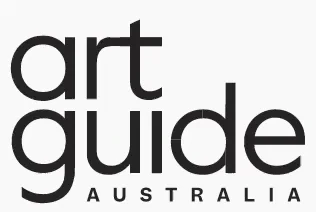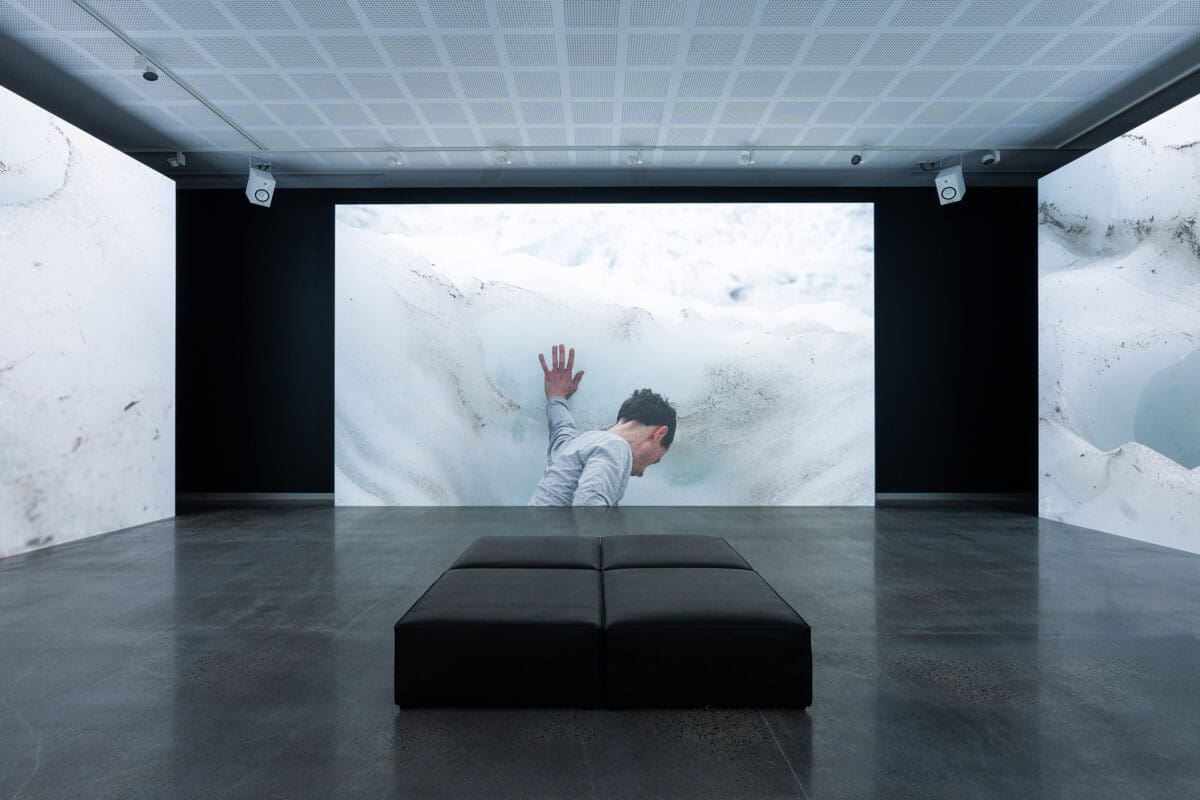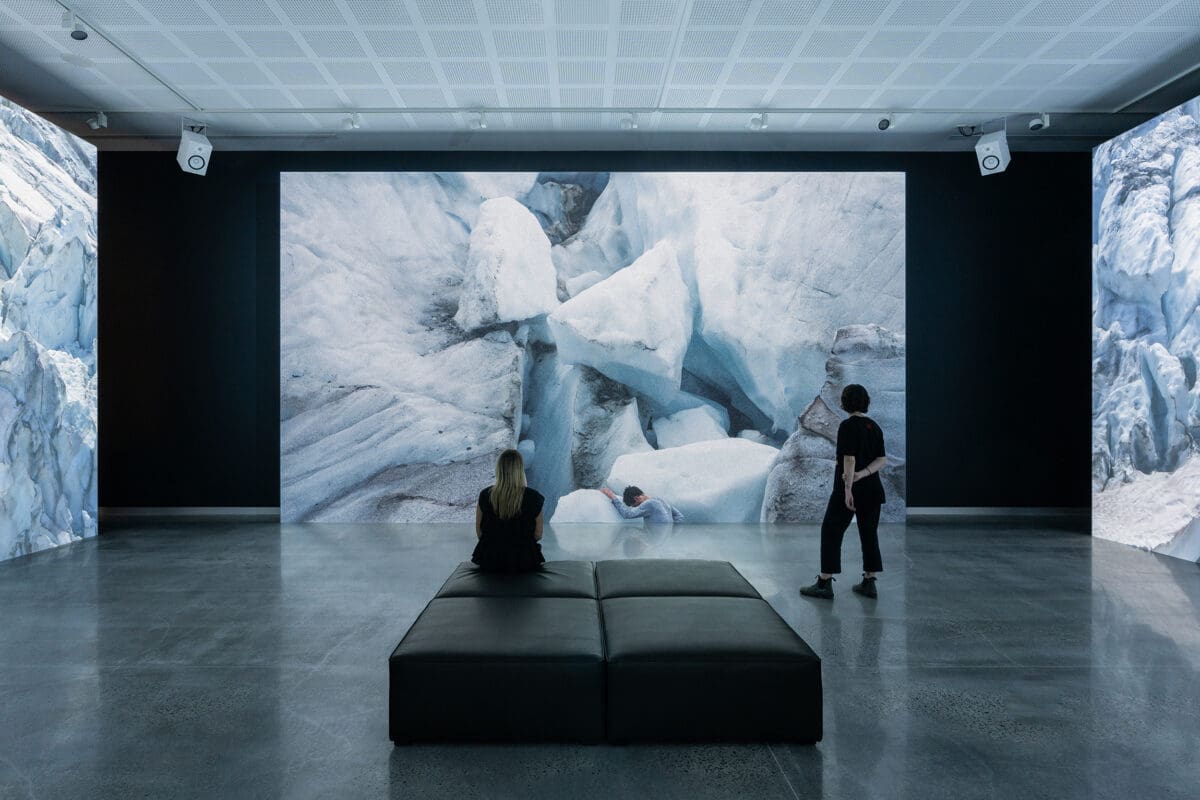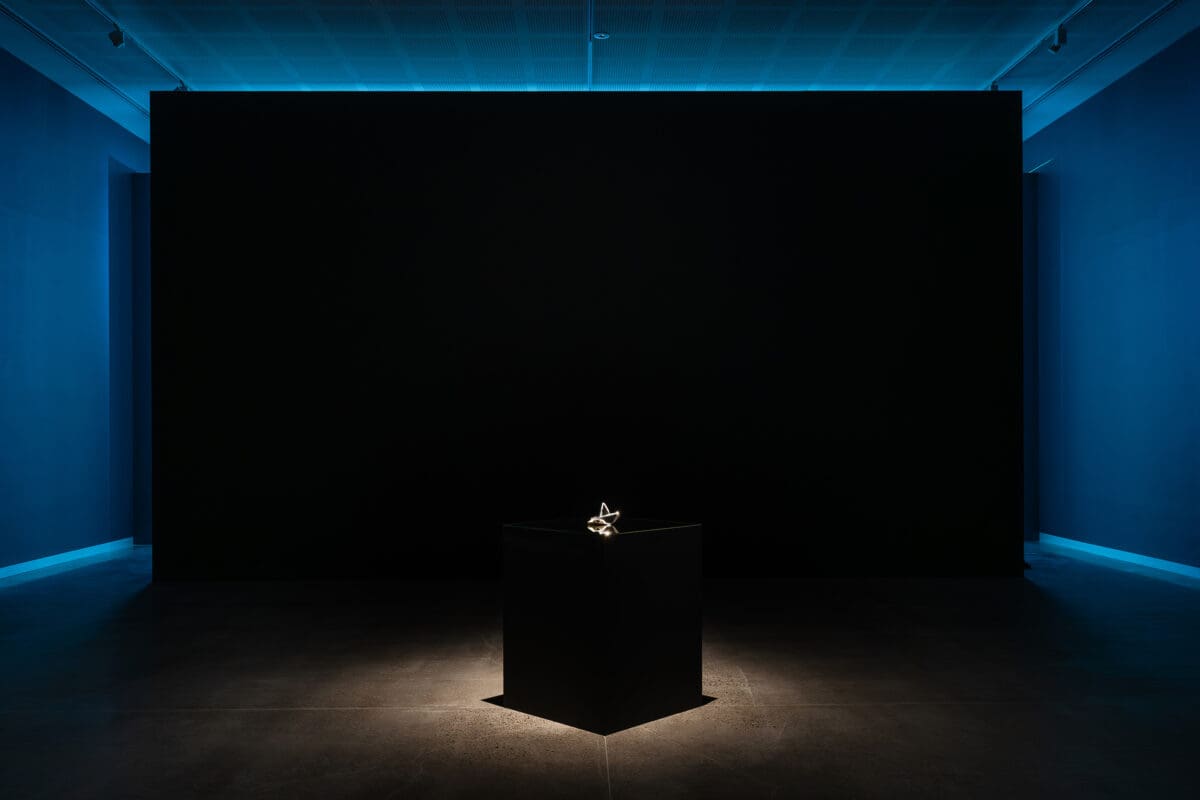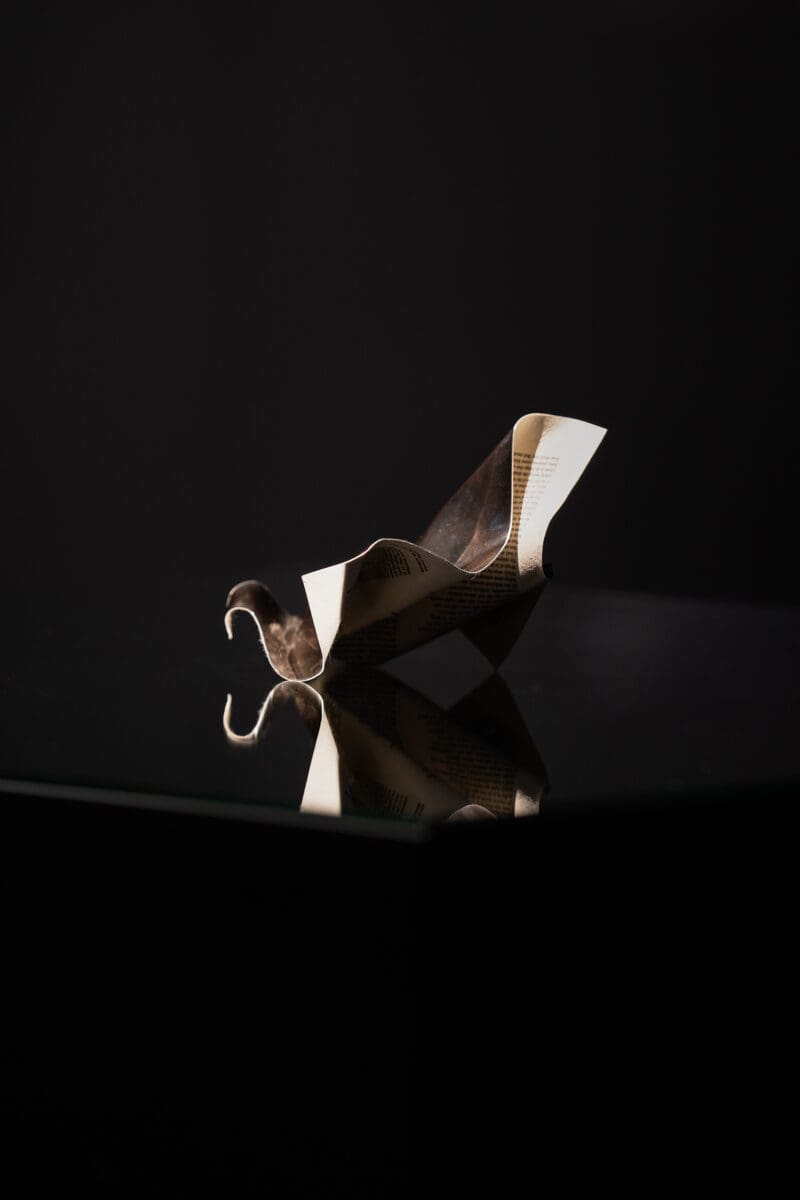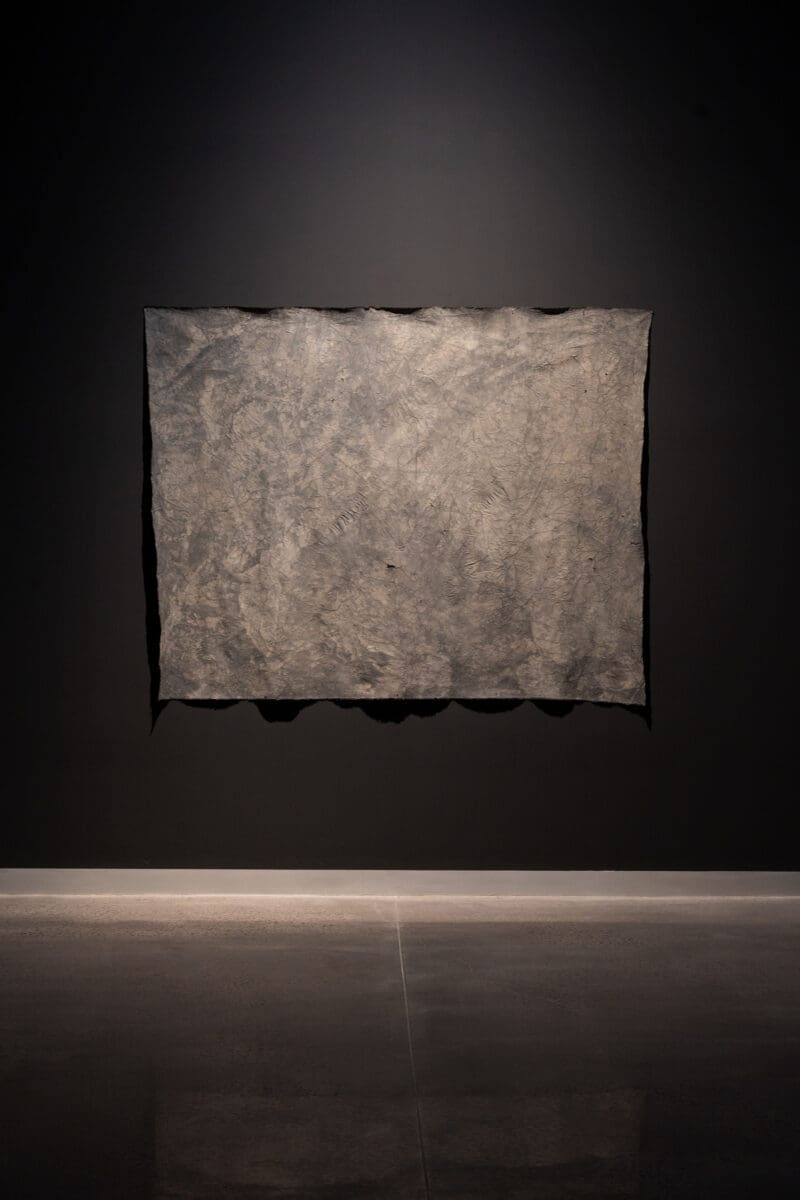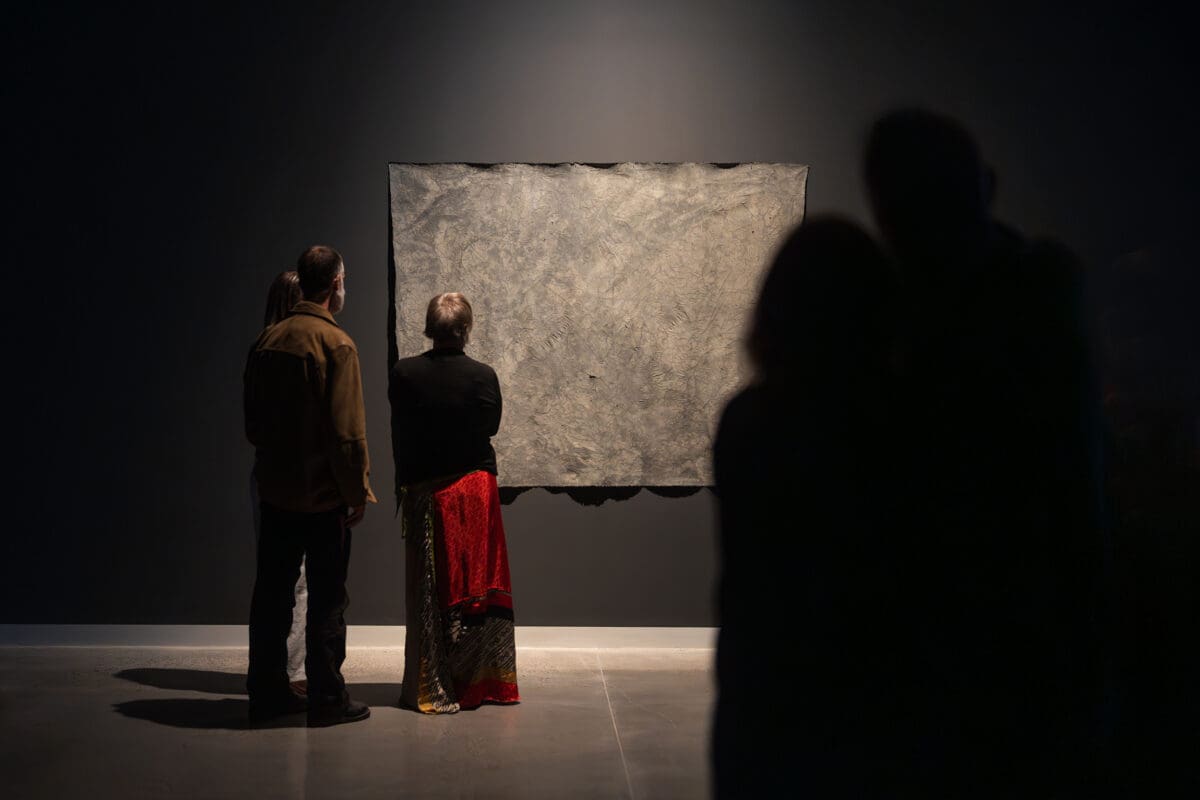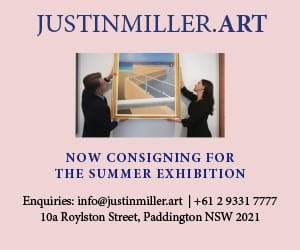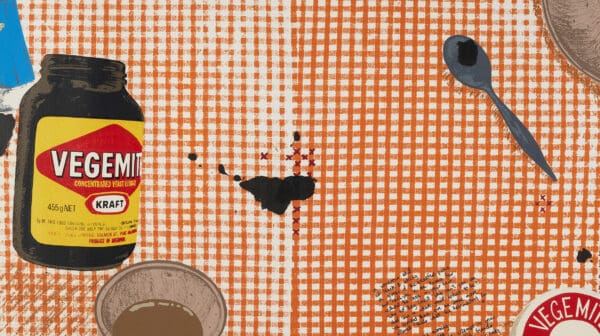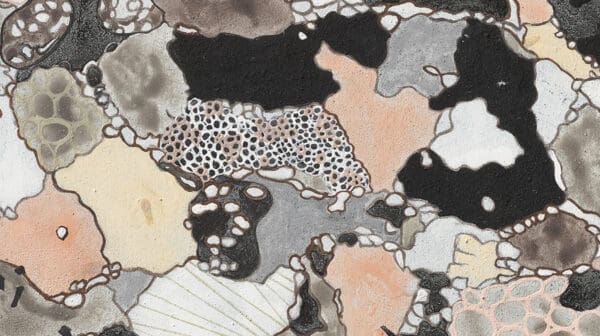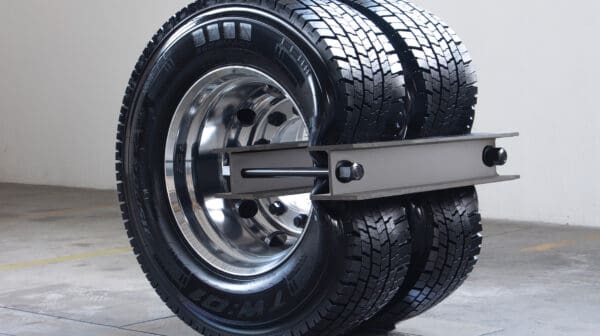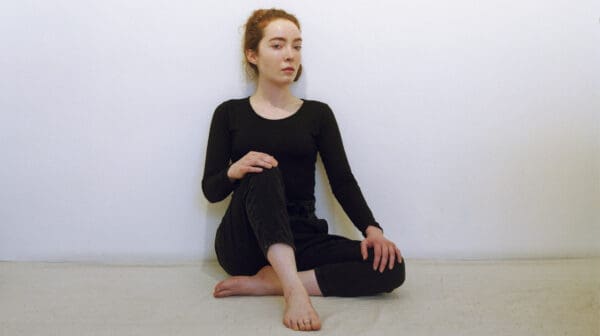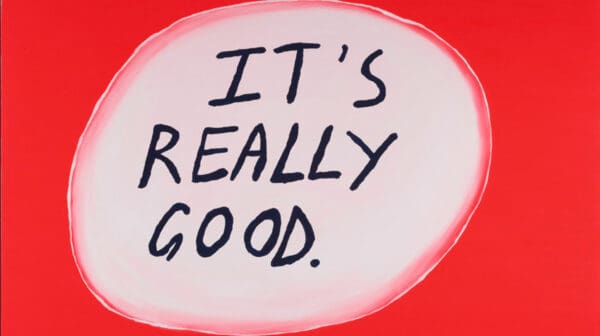The Gulf Stream is slowing down. Canadian academic David Suzuki claimed recently that catastrophic environmental collapse is unavoidable, and that politics, economics, the law are destined to fail in creating meaningful change. It is in this climate that the National Centre for Environmental Art in Halls Gap, Victoria, hosts its inaugural exhibition, End & Being, a solo presentation from Jacobus Capone curated by José Da Silva.
Da Silva and Capone are long-time collaborators, most recently at the 18th Adelaide Biennial of Australian Art. In Capone’s Forewarning (Act 1) (2023), he draws a line across a glacier with a hunting knife, a sombre violence where the precarity of both artist and landscape are deeply felt.
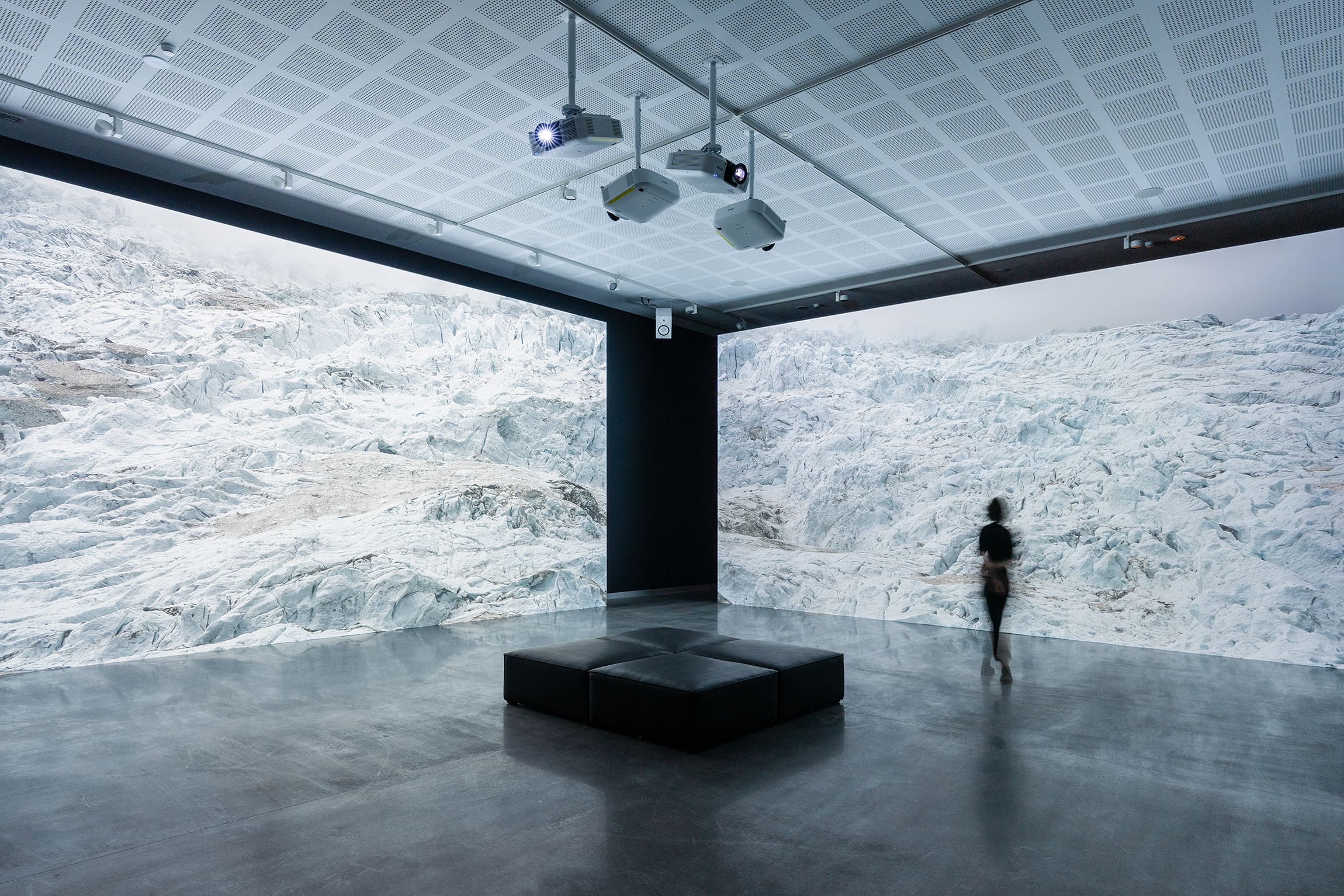
Capone’s work is “quietly radical”, Da Silva says, “he places himself at risk in these landscapes, not to dramatise danger, but to express a profound form of surrender. It’s an act of listening and of accountability that feels central to both contemporary performance art and environmental practices today. Jacobus’s work reminds us that we’re not separate. We are entangled with the environment, and in that entanglement lies perhaps a different kind of hope, one based on humility and the capacity to face environmental realities without turning away. For me, the title Is not just asking what is ending, but also how we might be amid that ending.”
Suzuki claims small, localised collectives and connections will pull humanity through in the days to come. Artistic practices like Capone’s offer space for imagining connections outside of what we know. “End & Being sets the tone for what this National Centre for Environmental Art can and should be: a place for art that brings together the philosophical, poetic, scientific and emotional.”
Jacobus Capone: End & Being
National Centre for Environmental Art
Until 4 November
This article was originally published in the September/October 2025 print edition of Art Guide Australia.


